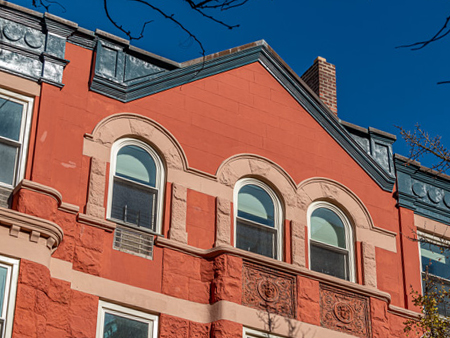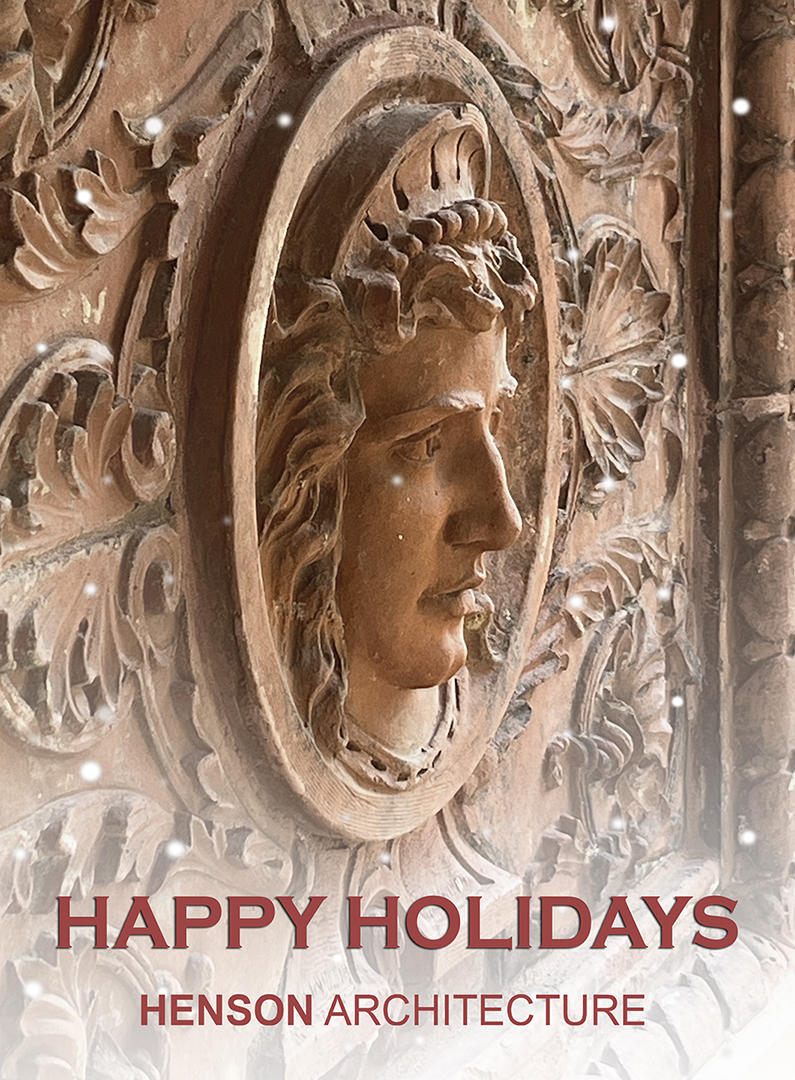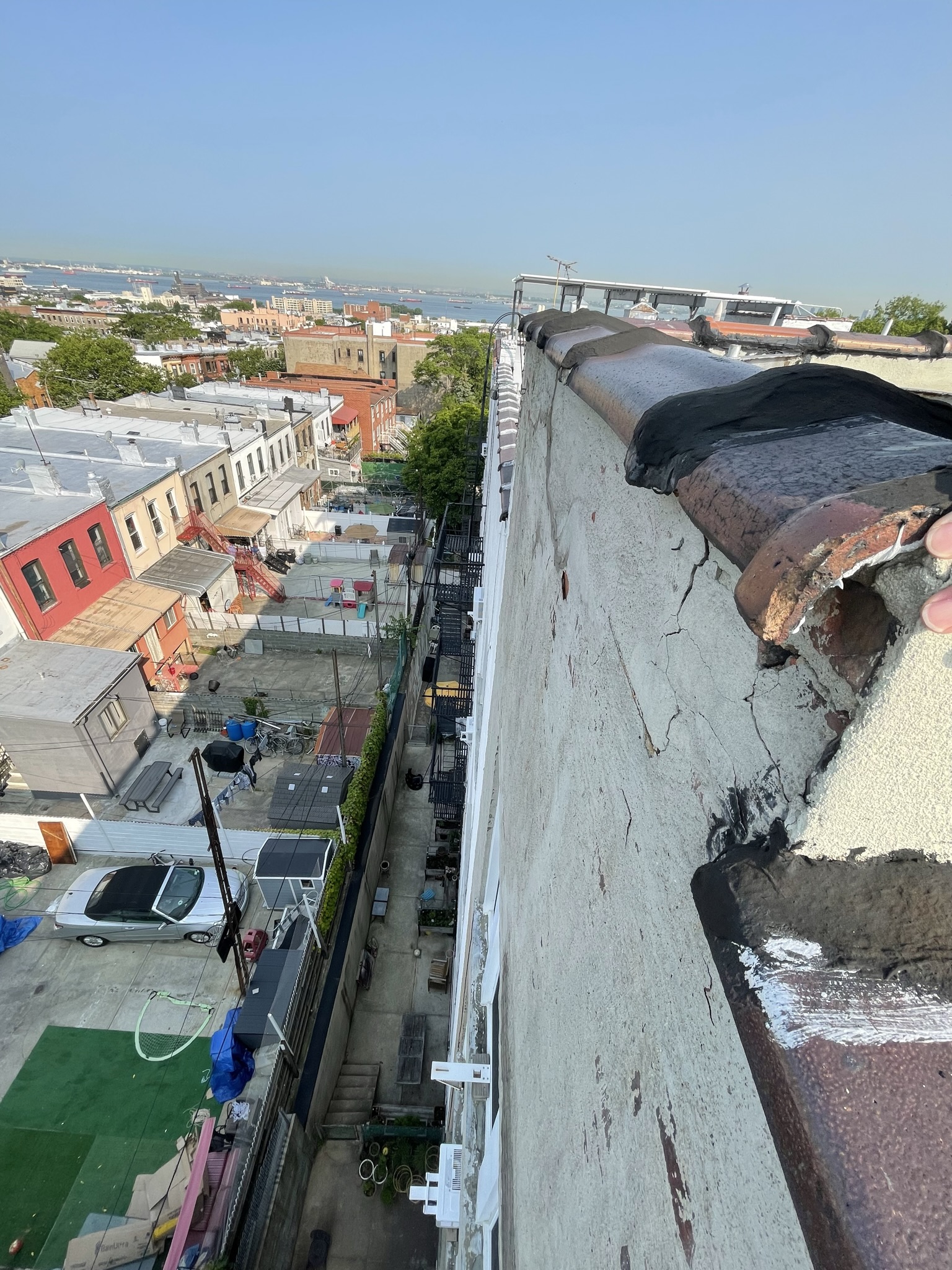Steel windows present a challenge in many restoration projects.
By Martha McDonald
When restoring historic buildings, the question of what to do with the existing steel windows is often a serious concern. Architects may want to turn to replacement windows for energy conservation reasons, and there are firms that can provide historically accurate new windows.
On the repair side of the argument is John Seekircher, owner and founder of Seekircher Steel Window Repair, Peekskill, NY. The firm repairs and restores thousands of steel windows every year, for commercial and residential projects. The family-owned and operated firm has been in business since 1977, and has a long list of projects to its credit, including Frank Lloyd Wright’s Fallingwater.
One of the advantages of repair versus replacement, Seekircher notes, is that it is usually quite a bit less expensive, “and the craftsmanship and lifespan of historic and steel windows is really unmatched by most replacement windows on the market today. Once restored, the historic windows are as good as new, even better.”
One such recent example is Ely Hall at Vassar College, Poughkeepsie, NY, where Seekircher restored 24 steel windows of various sizes ranging from 4×5-ft. to 7×11-ft. “Here at Vassar College, we make a great attempt to restore our historic building envelope systems,” says Jeff Horst, Director of Special Projects at the college. “Many of our buildings are older so that involves masonry restoration, replacing roofs, and either refurbishing or replacing the windows. One of the considerations is improving energy efficiency. Ely Hall has a mix of window sizes, some with divided lites, and some with no divided lites.”
“The work is the same in all of the jobs,” says Seekircher. “The windows are primed by hand, (we don’t spray paint) and putty-glazed by hand, the same way it was done years ago. Then we add two finish coats and clean the glass and you have windows that are as good as new. The alloys in those windows are incredible. At Vassar, we only replaced about six feet of steel. The windows were still in very good shape. That’s what we come across generally.”
“The task was to restore the envelope system, the copper roof and the masonry,” Horst notes. “The windows – both wood and steel – were a bit of a challenge. There was no question about the wood windows – they had to be replaced. At first we decided to replace the steel windows, but after further investigation, we found that the steel was in good condition; the paint and the glass were not.”
“Seekircher made it clear that these windows were certainly worthy of restoration. He told us that the steel from this era is very good. We saw very little rust,” says Horst. “The bottom line is that Seekircher completely restored the windows, with paint the same color as the original. We have gotten many compliments on the windows. They look really good, just like the original windows.”
The college brought in CVM Engineering, a Philadelphia building restoration consultant for the project. “Vassar is one of the older campuses in the country and they have a lot of historical buildings,” notes Matt Ridgway, architectural engineer, CVM. “Ely Hall is not on the National Landmark list, but it was built in 1889, with an addition in 1906. Our understanding is that the windows were original to the building.”
“Our preference is always to salvage historic fabric in these historic buildings,” he adds, “but one of the big questions is energy efficiency. What are you sacrificing energy-wise with restoration?” CVM looked at different options, including new thermally-broken aluminum windows that would replicate steel, and offer increased insulation values. He found that the cost of replication was two to four times the cost of restoring the historic steel windows. A decision was made to use laminated glass, rather than single-page glass, to provide more energy efficiency.
“The steel windows at Ely Hall were in fair condition, needing only to be scraped down, primed and painted,” he notes. “So we restored them all in place. Fortunately, Seekircher also had a collection of historic hardware for replacements where needed.”
“When looking at historic windows, there is always that decision to see if something is worth salvaging from financial standpoint and how important is original fabric. This project married these two thoughts. When we can, we like to try to get the best of both worlds.”
While the windows at Vassar were restored on site, those at Columbia University Hospital in New York City were removed from the building and restored in the Seekircher shop. Another difference was the pricing structure – it was more expensive to restore rather than replace the windows, but the decision was made to restore because of the significance of the historic material.
“The Physicians and Surgeons Building is the flagship building for Columbia University Medical Center, and is the main entrance to the center,” says Richard H. MacDowell, CSI, CDT, partner, Grenadier Corp., Bronx, NY, the general contractor for the project. “It is also one of the earliest buildings, constructed in the mid-1920s. The three monumental windows are right in the front. They are enormous – three stories high.”
Richard Pieper, director of preservation at Jan Hird Pokorny Associates, NYC, the architect for the Columbia University Medical Center project, notes: “We are a preservation firm, so we are very, very sensitive to changes in design. In this case, we felt very strongly that aluminum extrusion windows would significantly impact the look of the building. We spoke to the client about it and they agreed.”
“These are definitely the biggest steel windows we have worked on,” says Seekircher. “It was a challenge taking them apart. When they are this big, it is usually easier to work in place, but because they had to do some repairs on the limestone, we would have been in the way, so the work was done in the shop.”
The windows were dismantled, loaded into Grenadier trucks and taken to the shop. “We made several trips to the shop to monitor the work and talk about certain repairs,” MacDowell notes. “At some point, a decision was made to replace all of the glass rather than just broken planes.”
Grenadier workmen set the repaired steel windows in place and then Seekircher did the final painting and glazing (1/4-in. laminated glass) on site. “The client was thrilled,” says MacDowell. “We got so many comments from people who said they were such beautiful windows. They didn’t realize that they were the old windows. Even some engineers thought they looked like new windows. John also added some new hardware. The windows really stood out. It was a big ‘wow’ factor.” TB



